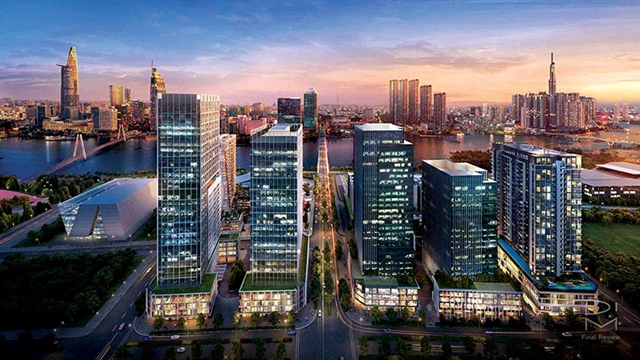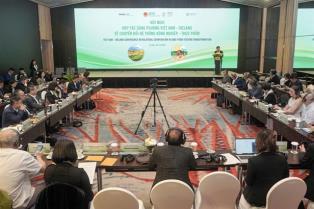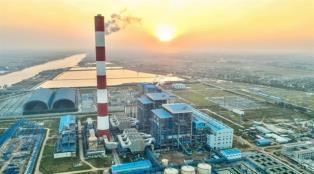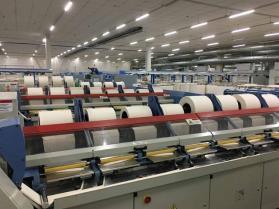Challenges facing green materials caused by high costs and consumer habits
High prices and limited consumer awareness meant green materials were mainly used in large-scale projects, rather than in the general market.

HÀ NỘI — Vietnamese businesses have proactively developed green, low-emission building materials, however, the variety is still limited, and they have faced numerous challenges due to high costs and consumer habits.
The investment costs for green technologies remained high, while the support mechanisms were unclear, said Lê Văn Phương, CEO of Thắng Cường Joint Stock Company.
The supply of internationally-certified raw materials was still limited domestically, necessitating imports from the EU or Japan, he said.
The Xây dựng (Construction) newspaper quoted Nguyễn Thanh Dũng, head of Sustainable Construction at INSEE Vietnam, as saying that the biggest challenge lay in cost, standards, and market awareness.
The costs of technology investment, research, and international certification for green products were very high, while domestic standards remained inconsistent, making it difficult to assess the environmental value of products, said Dũng, adding that many developers still prioritised short-term price factors over long-term sustainable benefits.
Thái Duy Sâm, vice president and general secretary of the Vietnam Association for Building Materials, noted that the most significant challenge was domestic consumption.
High prices and limited consumer awareness meant green materials were mainly used in large-scale projects, rather than in the general market, he added.
Although the government had issued many policies to promote green building materials, the lack of clear standards and outdated technology remained barriers, emphasised Sâm.
More support mechanisms needed
Nguyễn Trường Hải, CEO of Saint-Gobain Vietnam Limited, said that to fulfil Việt Nam's COP26 commitment of achieving net-zero emissions by 2050, the Government played an important role in creating momentum including the development of green building materials.
The Government needed to quickly transition from a 'voluntary' to a 'regulatory' stance on transparent carbon data for each building material product used in high-rise buildings and public projects, he proposed.
In addition, it was necessary to consider mandatory carbon labelling for building materials, implement green financial policies and provide tax incentives for companies investing in technology to reduce direct emissions and indirect emissions, leading to low-carbon products.
Agreeing with this view, Dũng stressed the need for collaboration between businesses, the Government and the market.
There was also a need to establish national criteria for low-emission building materials to serve as a basis for evaluation, certification and investment direction, he added.
The Government should also promote a 'green public procurement' mechanism, offering tax, credit or investment incentives to businesses reducing emissions, said Dũng.
This would be a crucial lever for encouraging innovation and scaling up green production models in the building materials sector, he said.
Meanwhile, Sâm further emphasised the need for a closely coordinated mechanism between three elements including a policy management system that would provide direction and incentives; proactive business involvement in product improvement and appropriate technology application; and increase in market awareness and legal framework improvement.
Nguyễn Quang Hiệp, Director of Vietnam Institute for Building Materials under the Ministry of Construction, affirmed that optimising energy and materials would be key to achieving the net-zero emissions goal.
Strong collaboration between regulatory bodies, research institutes and businesses would create an innovation ecosystem for green building in Việt Nam, he said. — VNS





